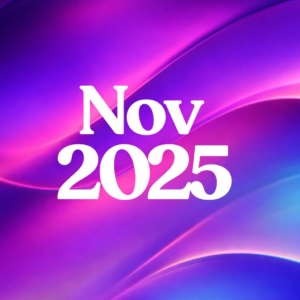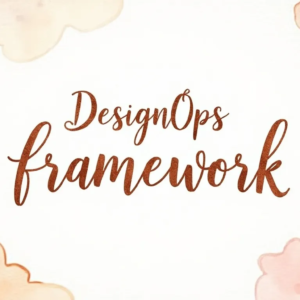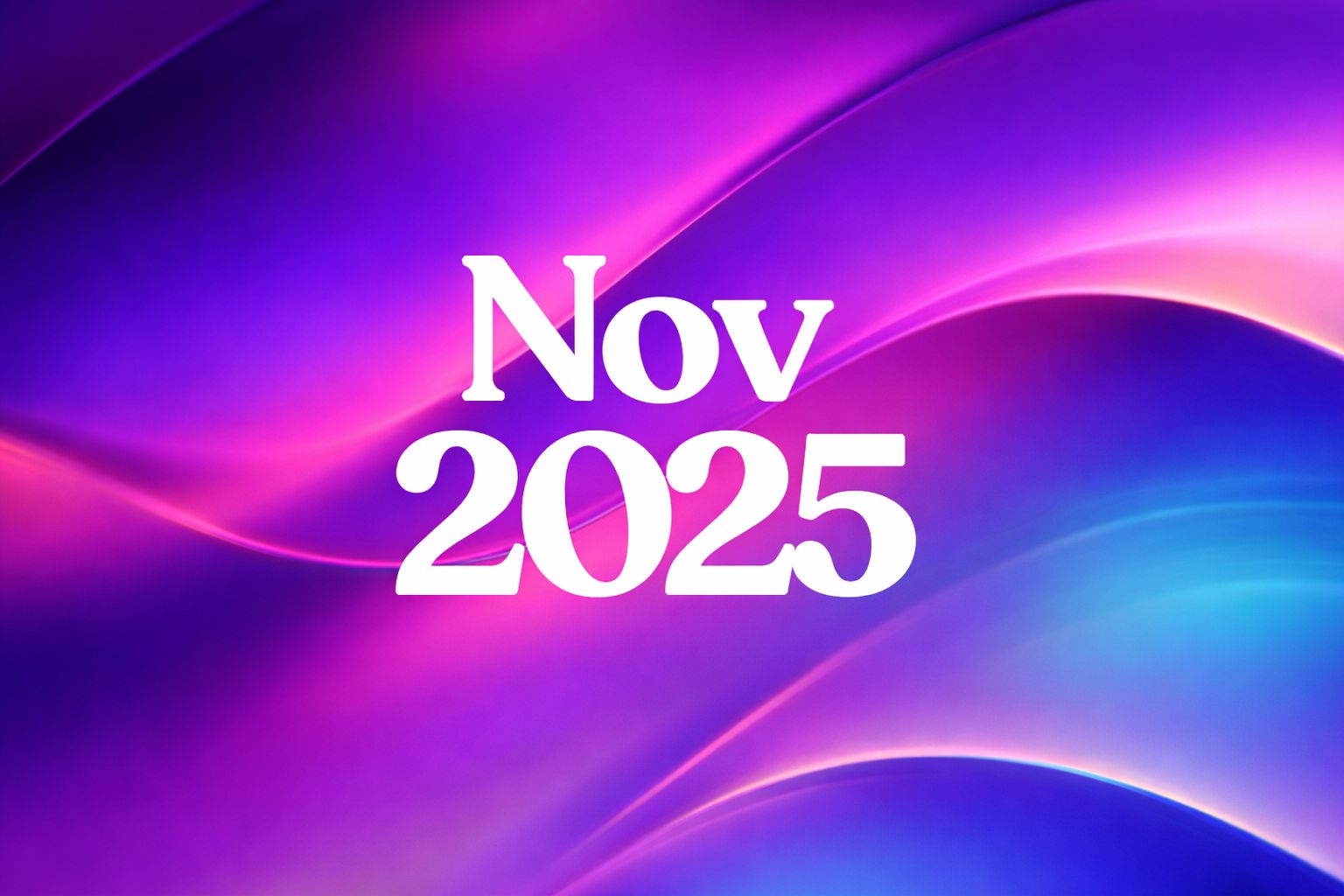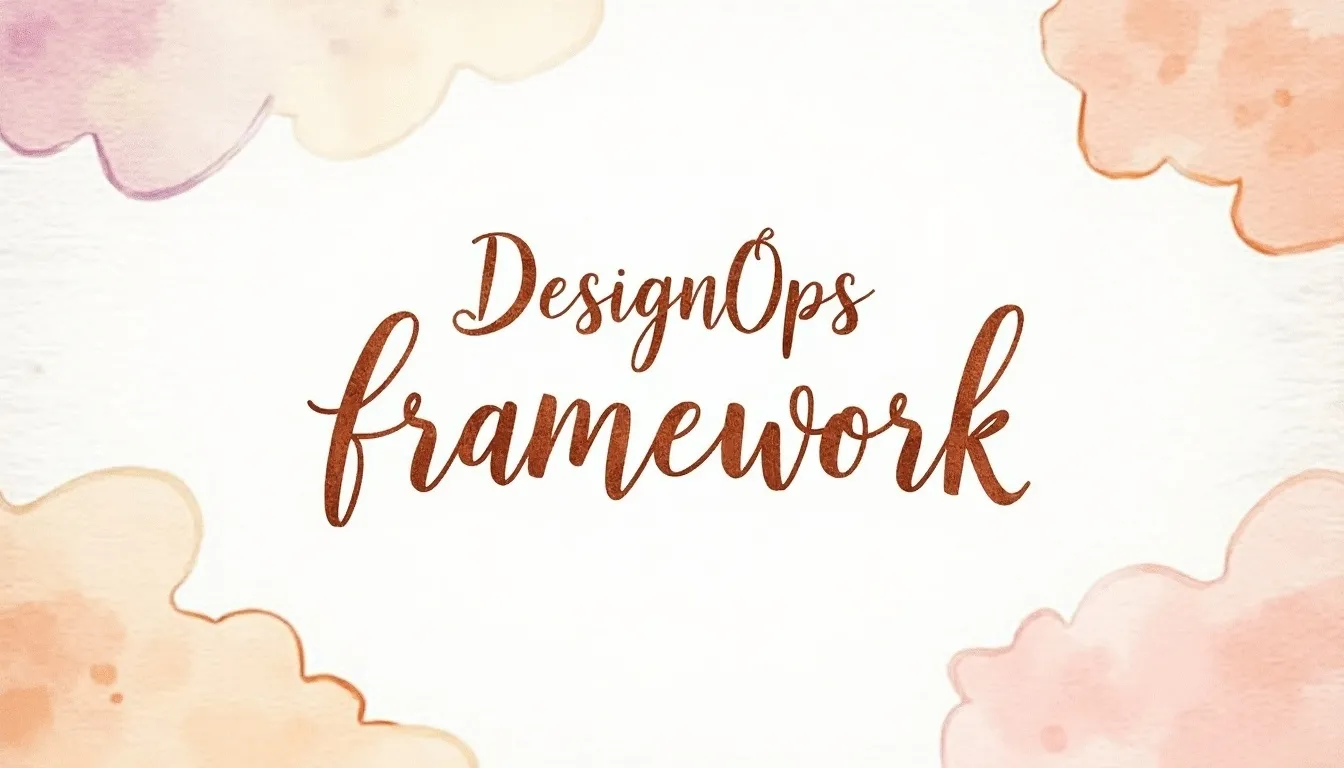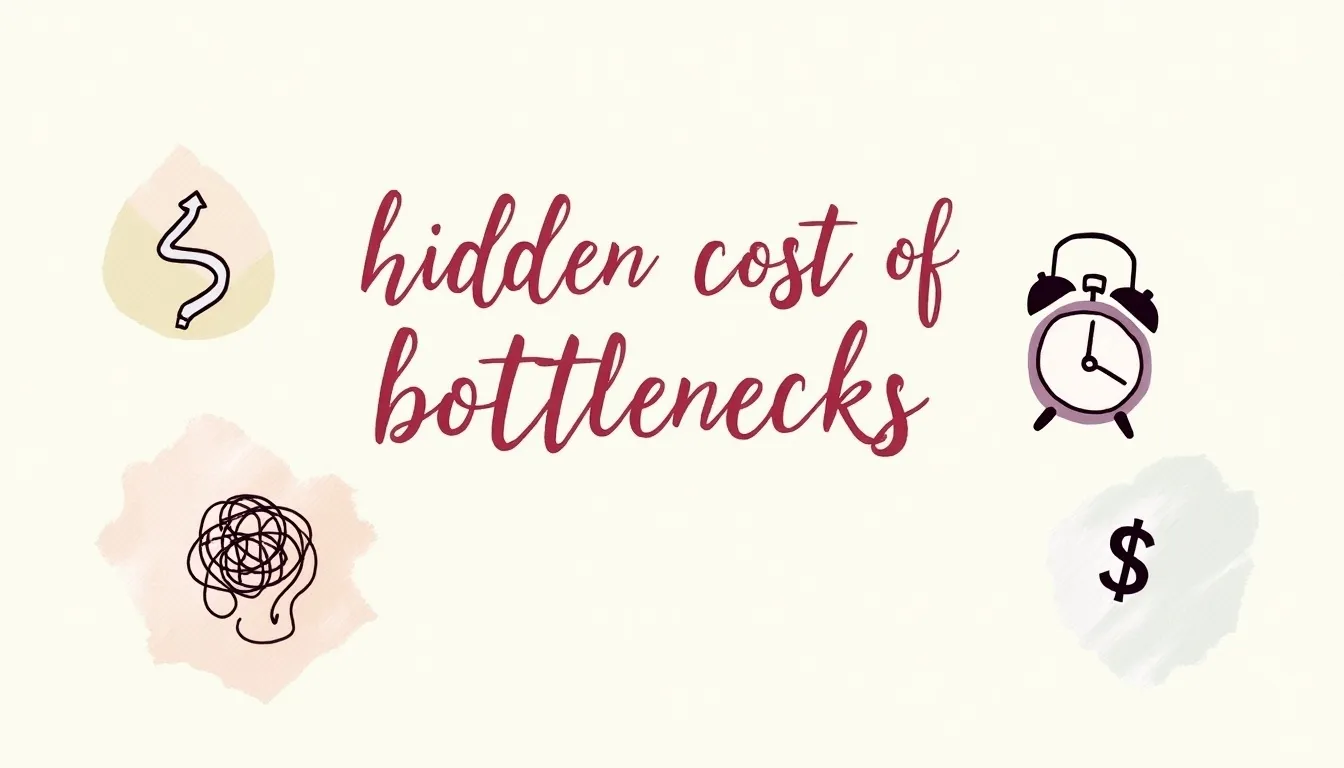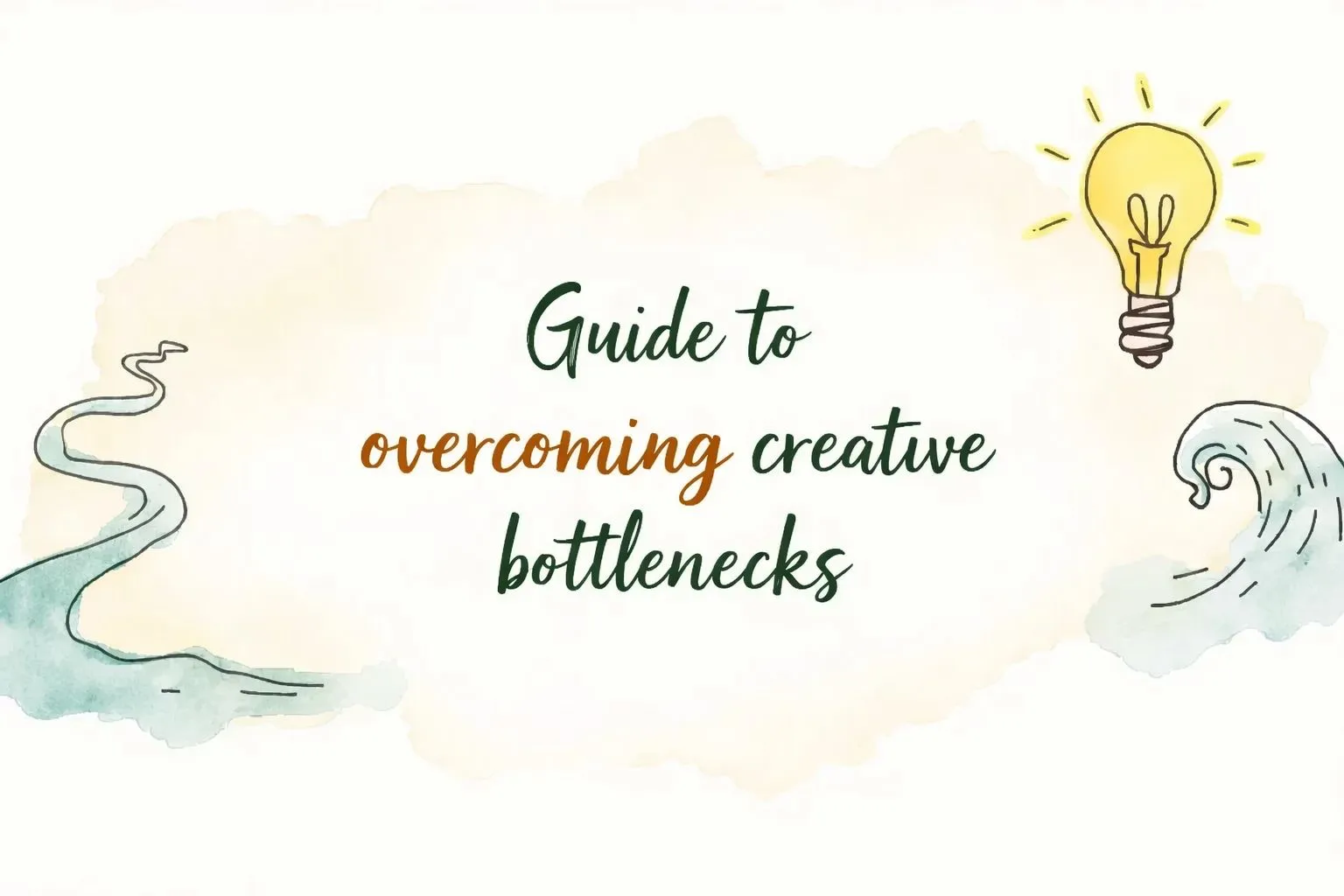Graphic designing continues to play a pivotal role in brand building and showcasing your skill sets. While branding and design remain inseparable experiences, understanding the fundamentals of graphic design has never been more important, especially as the industry evolves with emerging trends and technologies.
Draftss has consistently helped its clients develop substantial e-commerce platforms with unlimited graphic designs, illustrations, WordPress, HTML, and more to build websites, brands, and impactful visuals. You can explore our offerings at Draftss to elevate your projects.
When working with clients, you only get one chance to make a lasting impression. Why not infuse their experience with your knowledge of design elements and principles across projects—social media graphics, web and app UI, videos, banners, and advertisements? Of course, as a designer, don’t hesitate to experiment and have fun breaking conventional rules.
As Milton Glaser said, “There are three responses to a piece of design—yes, no, and WOW! Wow is the one to aim for.”
The Core Elements of Design
Before diving into the principles, let’s briefly touch on the core elements that designers work with:
Line: Lines can be used to create shapes, define boundaries, and convey movement or direction.
Shape: Shapes are two-dimensional areas with defined boundaries. They can be geometric (circles, squares, triangles) or organic (free-flowing and natural).
Color: Color evokes emotions, creates mood, and establishes brand identity.
Texture: Texture adds visual interest and depth to a design. It can be real (physical texture) or implied (visual texture).
Space: Space refers to the area around and between design elements. Effective use of space is crucial for creating balanced and uncluttered designs.
Let’s explore the elements and principles of graphic designing.

-
Balance
Balance provides stability and structure to a design by distributing visual weight evenly. To understand it better, think that there’s weight behind each of your elements & principles of graphic design. Shapes, text boxes, and images are the elements that form your design, so it’s important to be familiar with the visual weight each of those elements possesses.
Now, this doesn’t mean that the elements always need to be distributed evenly. Or that they must be of equal size—balance is either symmetrical or asymmetrical. Symmetrical balance is when the weight of elements is evenly divided on either side of the design, whereas asymmetrical balance uses scale, contrast, and color to achieve flow in the design.
- Symmetrical – This type of design is formed along a vertical or horizontal axis, where the weight of the elements is evenly divided between both sides of the layout.
- Asymmetrical – This type of balance employs scale, contrast, and color to even out the flow of a layout. It is usually found on websites, where two sides of a webpage differ from each other but contain similar elements.
- Radial – Elements radiate from a central point; the elements of a design are placed in a circular pattern on the layout. This provides a sense of movement and dynamism to the eyes of the viewer.
-
Proximity
Proximity creates relationships between related elements by placing them close together. This helps to organize information and create visual unity. Grouping related items makes them easier to understand and digest.
-
Alignment
Alignment creates a seamless visual connection with the design elements. It gives an ordered appearance to images, shapes, and blocks of text by eliminating elements placed in a disheveled manner & ensuring proper alignment.
-
Visual Hierarchy
In simple words, a hierarchy is built when extra visual weight is given to the most important element or message in your design. It is intended to grab one’s attention and reinforce the message.
This can be done in various ways — using larger or bolder fonts to highlight the title; placing the key message higher than the other design elements; or adding focus to larger, more detailed, and more colorful visuals than those less relevant or smaller images.

-
Repetition
Repetition is a fundamental design element, especially when it comes to branding. It creates a rhythm and strengthens the overall design by tying together consistent elements such as the logo and color palette, making the brand or design instantly recognizable to viewers.
The important thing to consider here is that your branding should be unique & not similar to any of your competitors. This will make it easier to differentiate & complete its intended purpose.
-
Contrast
Contrast happens when there is a difference between the two opposing design elements. The most common types of contrast are dark vs. light, contemporary vs. old-fashioned, large vs. small, etc. Effective contrast ensures readability and draws the viewer’s attention to important information.
-
Color
Color is an important design element, and it dictates the overall mood of a design. The colors you pick represent your brand and its tonality, so be careful with the palette you choose. As a graphic designer, it’s always helpful to have a basic knowledge of color theory. For example, gold & neutral shades evoke an overall feel of sophistication, bright colors signal happiness, and blue creates a feeling of calmness. Color palettes can be a contrast or even a complement to the elements.
-
Negative Space (White Space)
We got the idea about the importance of colors, images, and shapes, but what about the space that is left blank? It is the ‘negative space’, which in simple words means the area between or around the elements. Using it creatively, negative space can help create a shape and highlight the important components of your design.
-
Typography
“Words have meaning, type has spirit,” — Paula Scher.
Typography is the art of arranging type to make written language legible, readable, and appealing. Typography is one of the key pillars of the elements & principles of graphic design. It plays a critical role in brand-building and, at the same time, in showcasing your skill sets, and it speaks volumes about a brand or an artwork when executed stylistically or even customized. Sometimes, ‘type’ is all you need to showcase your design concept.
-
Scale and Proportion
Scale refers to the size of elements in relation to each other. Proportion refers to the relative size and scale of various elements within a design. Using scale and proportion effectively can create visual interest, emphasis, and a sense of harmony.
Breaking the Rules (With Purpose)
Once you’re an adept graphic designer who understands the foundations of design, then it’s time to break some of those rules, and by that, I don’t mean use pixelated images or an illegible font type. Remember, whatever it is that you’re choosing to communicate, you must never compromise.

Some Emerging Graphic Design Trends for 2025
AI-Driven Designs
AI-powered tools like Adobe Firefly and Canva’s Magic Studio are simplifying design workflows. From generating layouts to creating adaptive templates, AI is enabling designers to focus more on creativity while automating repetitive tasks.
3D Graphics and Motion Design
The demand for immersive 3D graphics and motion design in UI/UX is growing rapidly. These elements add depth and interactivity, especially in app interfaces and promotional content.
Interactive Experiences
With the rise of AR and VR, interactive designs are transforming how users engage with brands. From virtual store layouts to AR-enhanced advertisements, these technologies are the future of experiential marketing.
Data-Driven Design
Data visualization is now a cornerstone of graphic design. Tools like Tableau and Google Data Studio are helping designers create impactful infographics and dashboards. This approach ensures clarity while telling compelling stories through visuals.
Conclusion
While these principles may require some of you to be more observant and take mental snapshots of novel designs (that you stumble upon), they’re key principles for those who want to create a great brand by way of strong visuals and content. In fact, you must frequently color outside the lines to pull away from a mediocre or repetitive design structure, but beginners must first know what those prescribed lines are.
You can try out Draftss for an excellent experience and increase your product marketing. We provide premium-quality services on unlimited graphic designs, WordPress, Webflow, HTML, illustrations, websites, landing pages, dashboards, App UI/UX, and many more. Here, we provide our clients with 73+ types of design and code services.


